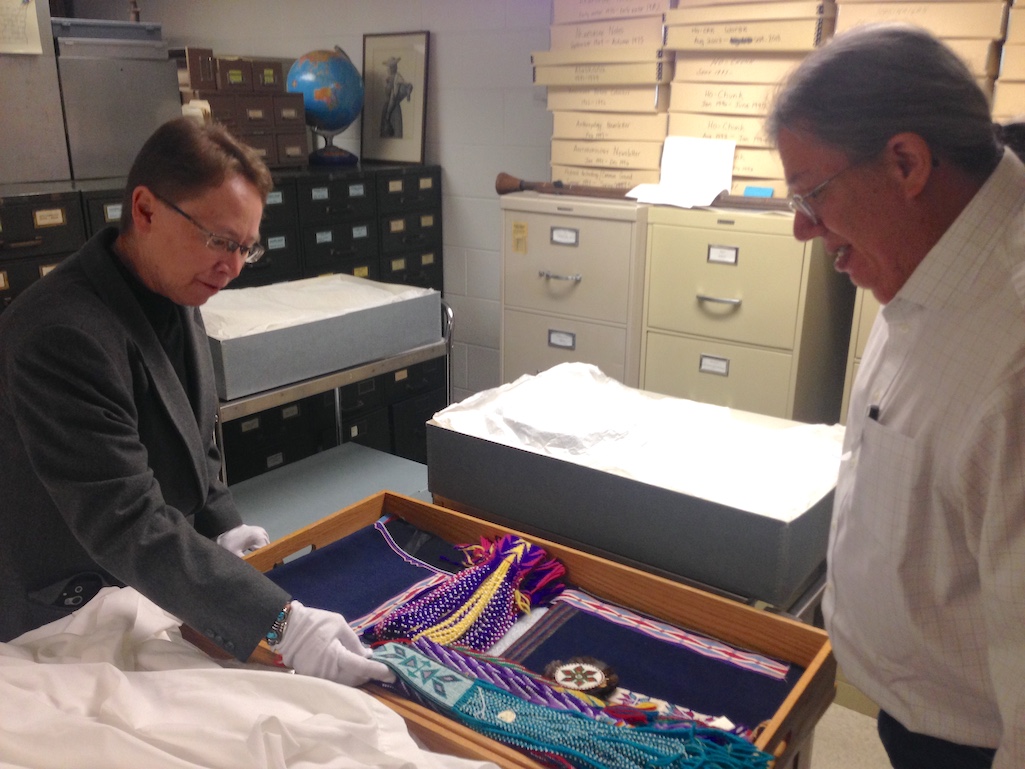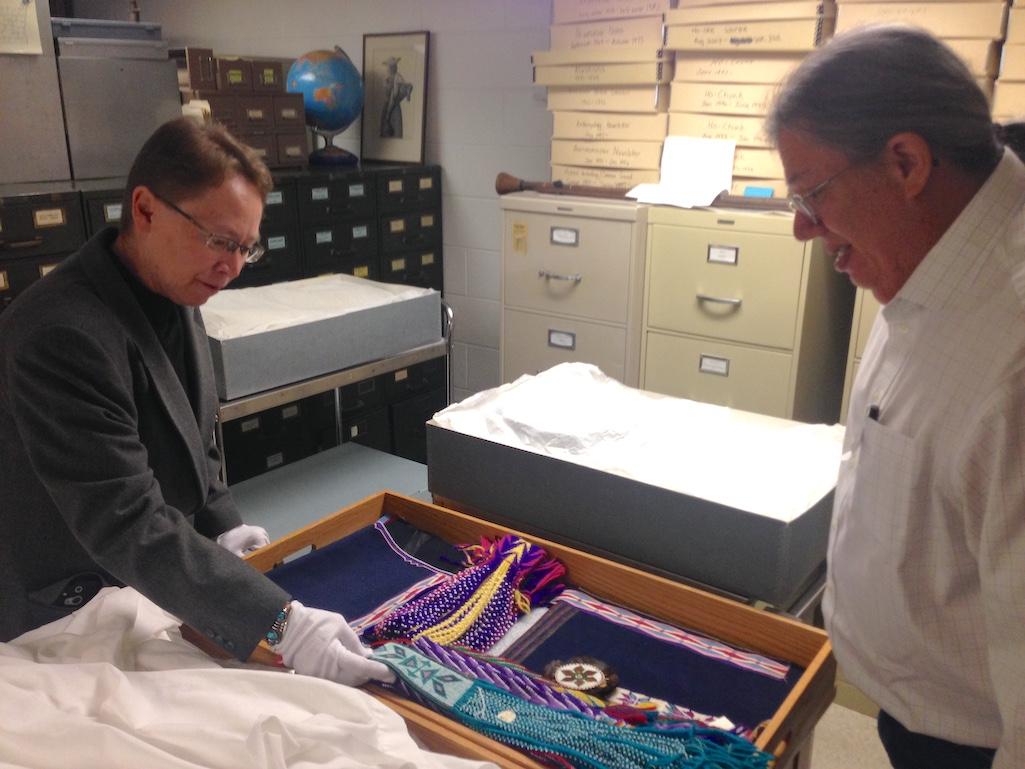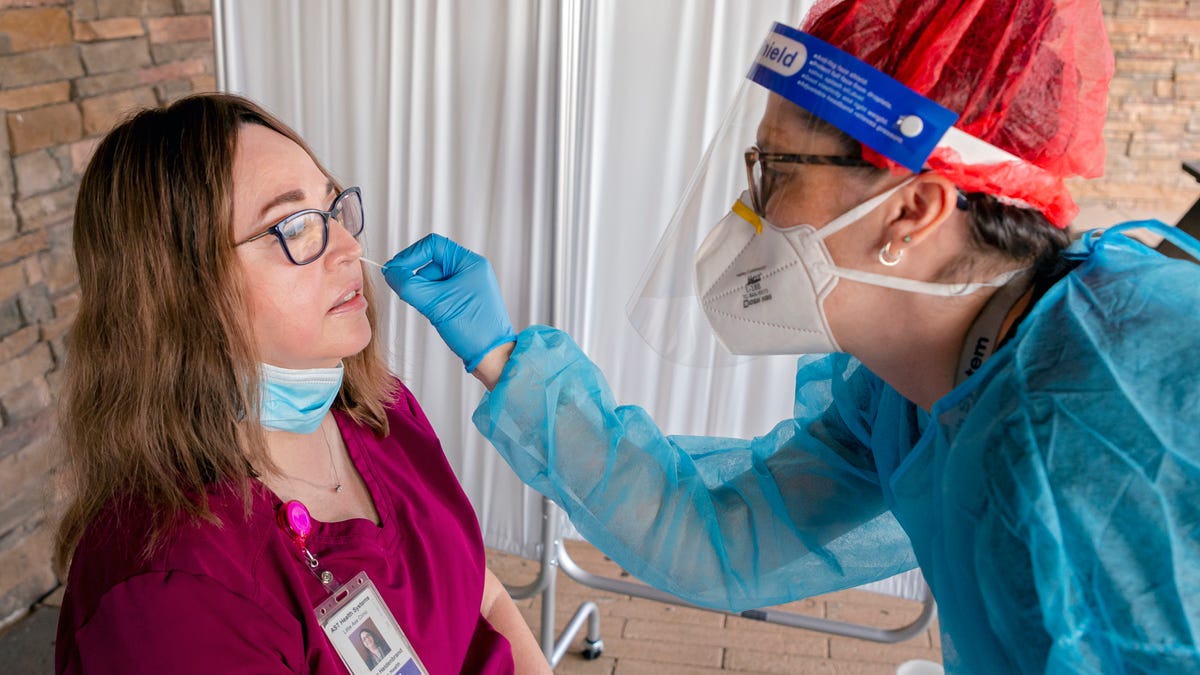The Delaware Tribe 16U team celebrates earning their ticket to national competition with an undefeated performance in New Jersey on Sept. 25-26.
It was a proverbial flex of the softball muscles for a pair of local Delaware Tribe softball teams this past weekend, as both the 16U and 14U teams won their respective Alliance Softball National Qualifier brackets to earn a spot in the national championship tournaments next year.
The 16U Tribe squad — coached by Sarah Hoban — went undefeated in their games held in Pennsville, N.J., last weekend. Shaniya Lewis and Lily Hoban each hit home runs in the team’s quarterfinal win, with Lewis adding a second to her stat line with a walk-off, game-winning blast in the semifinals.
“Alliance Fastpitch is who puts on the championship series, and it was hosted by East Coast Softball,” Hoban noted. “It’s done like the college World Series. We competed against teams that featured kids from multiple states on them, while we are basically an all-local team. So it makes it pretty special to know that.
“The girls really played well all weekend long,” she added. “Lily Hoban batted over .500 for the tournament. Sisters Laniya and Shaniya Lewis really swung the bats well. Ava Calciano, Jaya Shaub and Kinsley Hall also had some big hits for us.”
For the weekend, Hoban batted .556, with a pair of doubles, a triple and the home run previously mentioned. Laniya Lewis had a pair of doubles, while sister Shaniya had the two home runs and a double amongst her offensive output.
Other extra base hits for the Tribe included a triple from Calciano, two doubles and a triple from Hall, three doubles from Shaub and a double by Aniya Blake.
The pitching duties…



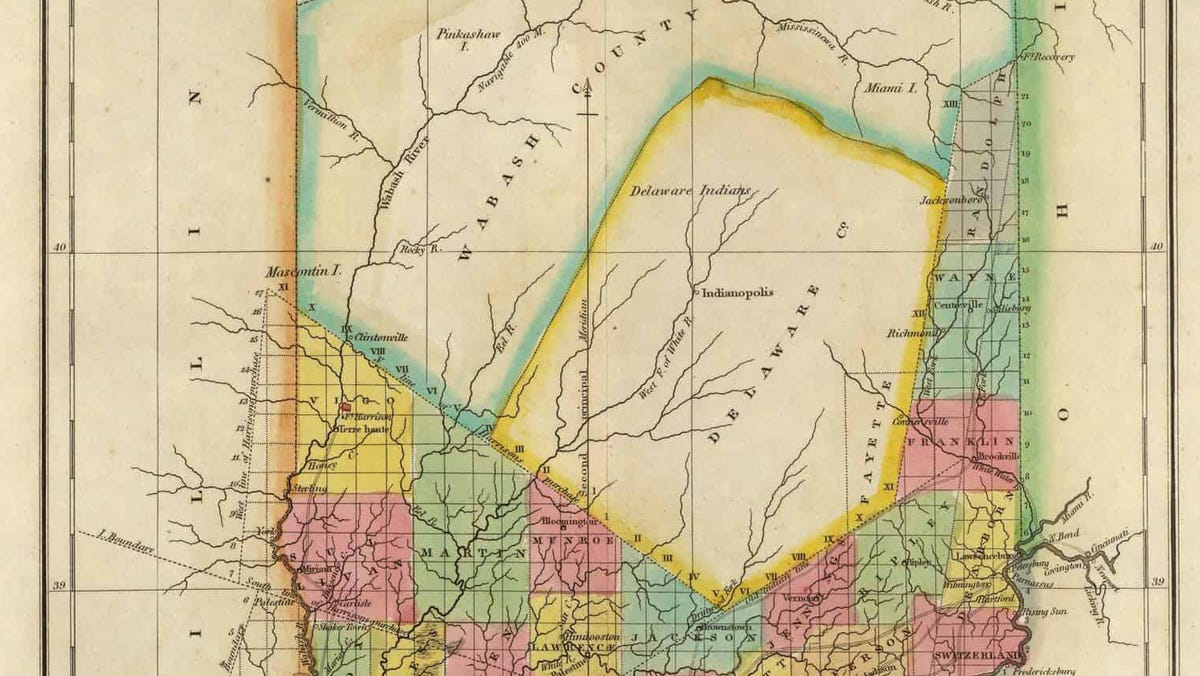
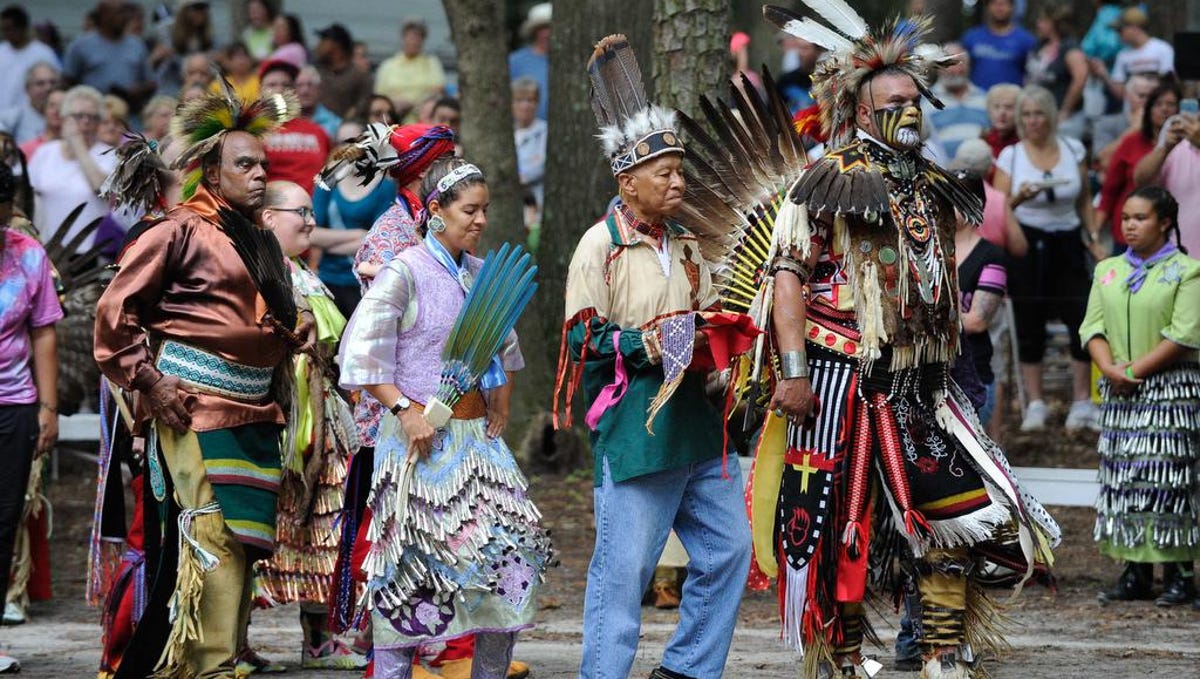
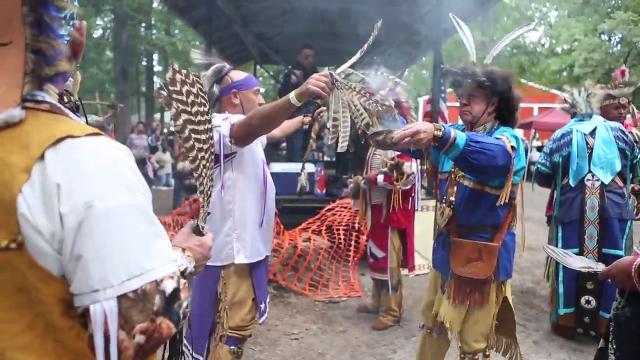
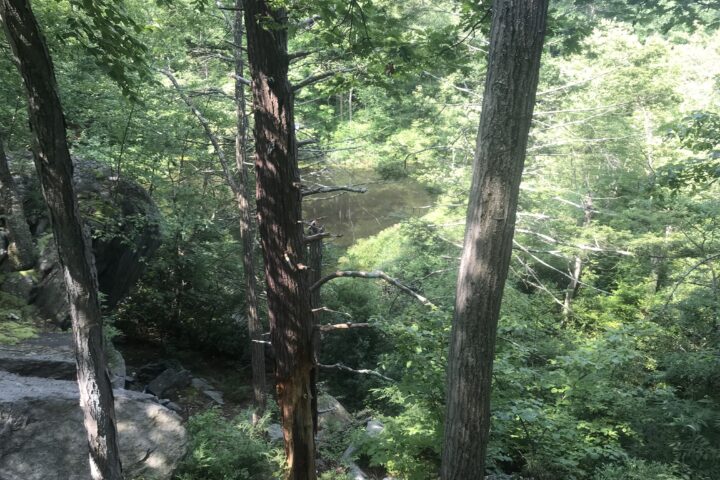
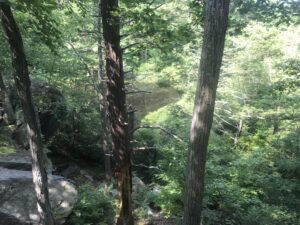 Westchester Land Trust protects 125 acres in Cortlandt
Westchester Land Trust protects 125 acres in Cortlandt 
